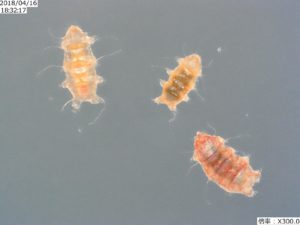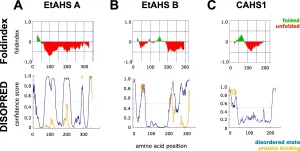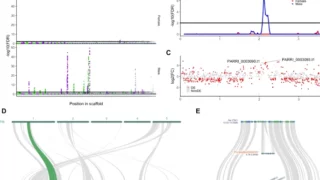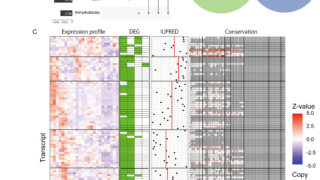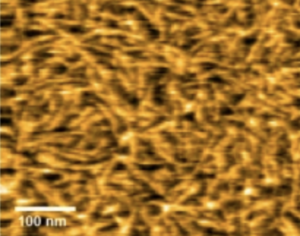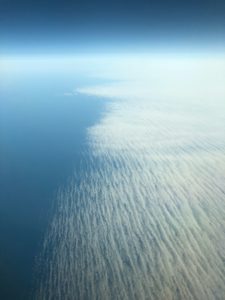Multiomics study of a heterotardigrade, Echinisicus testudo, suggests the possibility of convergent evolution of abundant heat-soluble proteins in Tardigrada
飼育できないヨロイトゲクマムシを、野外個体から超微量オミクスでゲノム・トランスクリプトーム・プロテオーム解析を行い、異クマムシではこれまで解析されていた真クマムシとは進化的に異なりながらも収斂的に「非ドメイン型タンパク」が獲得されていることを示しました。
Background: Many limno-terrestrial tardigrades can enter an ametabolic state, known as anhydrobiosis, upon desiccation, in which the animals can withstand extreme environments. Through genomics studies, molecular components of anhydrobiosis are beginning to be elucidated, such as the expansion of oxidative stress response genes, loss of stress signaling pathways, and gain of tardigrade-specific heat-soluble protein families designated CAHS and SAHS. However, to date, studies have predominantly investigated the class Eutardigrada, and molecular mechanisms in the remaining class, Heterotardigrada, still remains elusive. To address this gap in the research, we report a multiomics study of the heterotardigrade Echiniscus testudo, one of the most desiccation-tolerant species which is not yet culturable in laboratory conditions.
Results: In order to elucidate the molecular basis of anhydrobiosis in E. testudo, we employed a multi-omics strategy encompassing genome sequencing, differential transcriptomics, and proteomics. Using ultra-low input library sequencing protocol from a single specimen, we sequenced and assembled the 153.7 Mbp genome annotated using RNA-Seq data. None of the previously identified tardigrade-specific abundant heat-soluble genes was conserved, while the loss and expansion of existing pathways were partly shared. Furthermore, we identified two families novel abundant heat-soluble proteins, which we named E. testudo Abundant Heat Soluble (EtAHS), that are predicted to contain large stretches of disordered regions. Likewise the AHS families in eutardigrada, EtAHS shows structural changes from random coil to alphahelix as the water content was decreased in vitro. These characteristics of EtAHS proteins are analogous to those of CAHS in eutardigrades, while there is no conservation at the sequence level.
Conclusions: Our results suggest that Heterotardigrada have partly shared but distinct anhydrobiosis machinery compared with Eutardigrada, possibly due to convergent evolution within Tardigrada.
Authors: Murai Y, Yagi-Utsumi M, Fujiwara M, Tanaka S, Tomita M, Kato K, Arakawa K
Journal: BMC Genomics, 2021, 22, 813.
投稿者プロフィール


